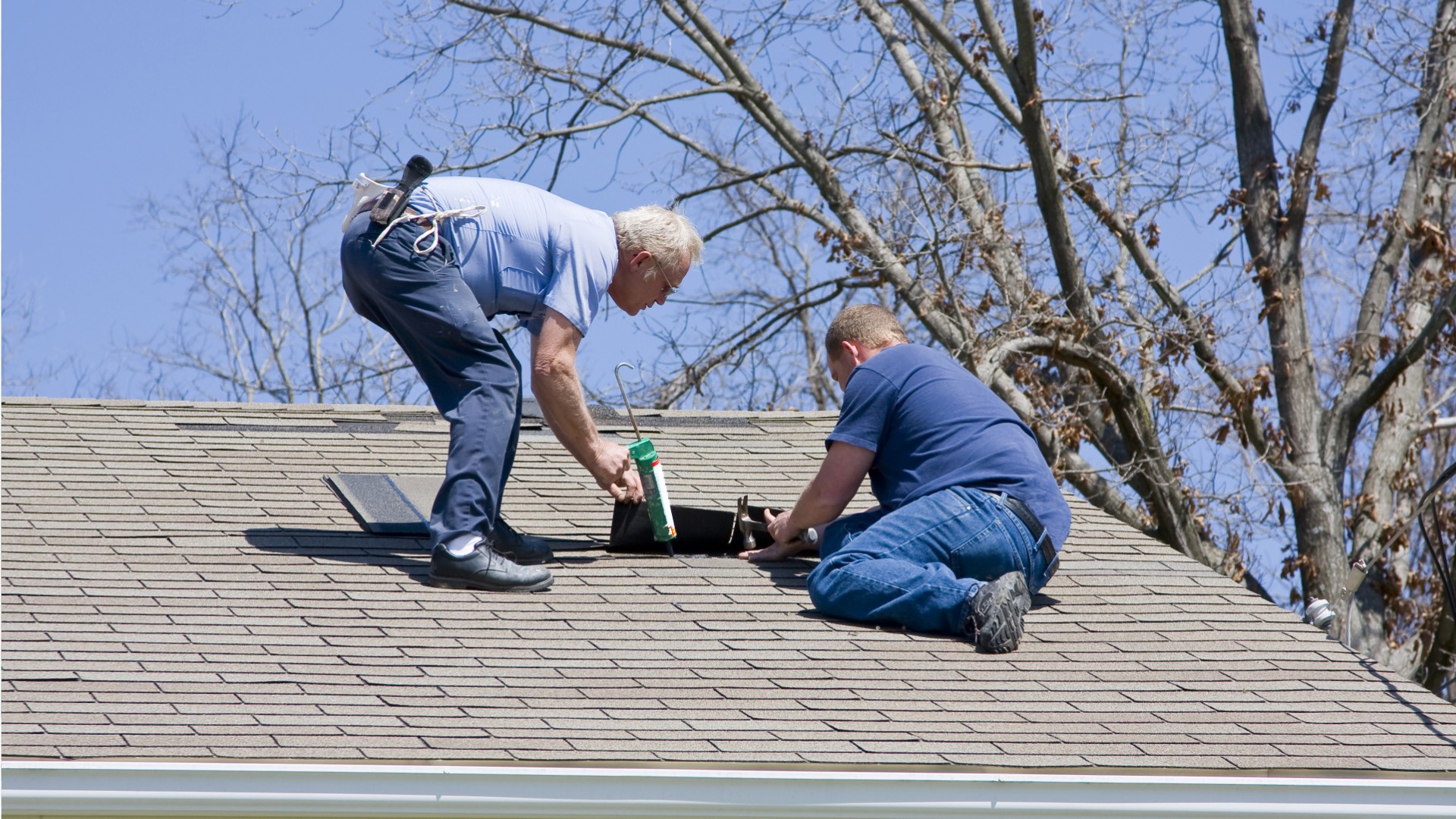What are the methods of roof inspection?

Roof inspections are essential for figuring out potential issues and guaranteeing the longevity of your roof. Regular inspections can help detect issues early, preventing costly repairs or replacements down the road. Here are some widespread strategies and steps for conducting a roof inspection:
Visual Inspection:
a. Exterior Inspection:
Start by inspecting the roof from the bottom utilizing binoculars or by safely climbing onto a ladder to get a closer look.
Look for visible indicators of harm, similar to lacking or damaged shingles, curling or buckling shingles, or free or deteriorated flashing round roof penetrations.
Check for particles, moss, algae, or lichen growth on the roof, which might indicate moisture-related issues.
Inspect the gutters and downspouts for granules from shingles, as extreme granule loss can sign shingle wear.
b. Interior Inspection:
Go into the attic or crawl area and examine the underside of the roof deck for signs of leaks, moisture, or water stains.
Look for daylight coming by way of cracks or holes within the roof deck, which may indicate roof damage.
Check for signs of insulation injury, mildew, or mildew growth, which might outcome from roof leaks.
Roof Walk:
a. If it's safe to do so, walk on the roof surface to inspect it up close.
b. Be cautious and wear appropriate security gear, such as non-slip footwear and a security harness if wanted.
c. Look for any soft or spongy areas, which could point out underlying damage.
d. Check for unfastened or damaged roofer near me , as well as signs of wear and tear.
Moisture Detection:
a. Use a moisture meter to detect hidden moisture throughout the roof structure and insulation.
b. Moisture detection might help determine leaks or areas of potential water intrusion that will not be visible.
Drone Inspection:
a. Drones equipped with cameras can provide a comprehensive view of the roof surface without the need for direct physical access.
b. A drone inspection could be especially helpful for larger or hard-to-reach roofs.
Professional Inspection:
a. Consider hiring knowledgeable roofing contractor or inspector to conduct a radical inspection.
b. Professionals have the experience, instruments, and expertise to establish issues that is most likely not obvious to a homeowner.

Documentation:
a. Document your findings with photographs and notes to create a report of the roof's condition.
b. This documentation could be useful for tracking changes over time and for insurance claims or repairs.
It's important to carry out roof inspections regularly, ideally no much less than every year, and after extreme weather events like storms. Additionally, when you're not comfortable or confident in your capability to carry out a roof inspection safely, it's advisable to hire a certified roofing skilled to ensure a radical and accurate evaluation of your roof's situation..
